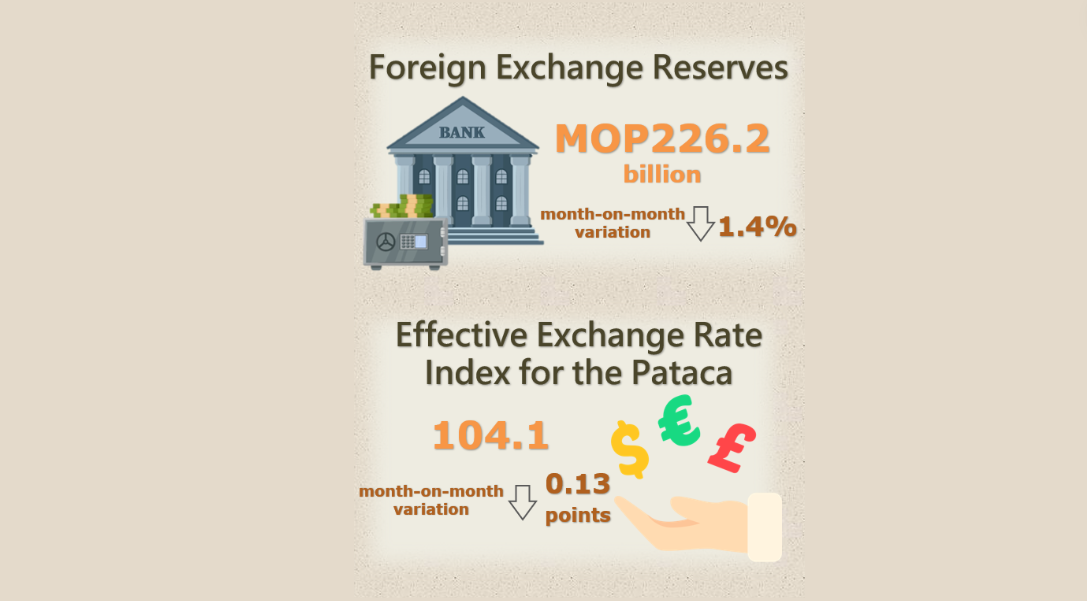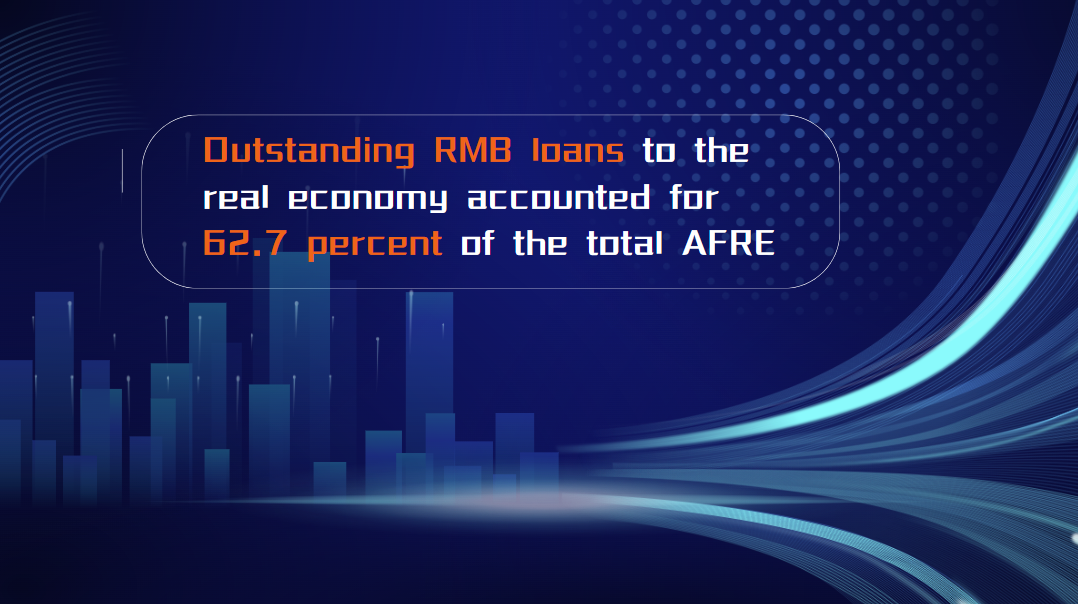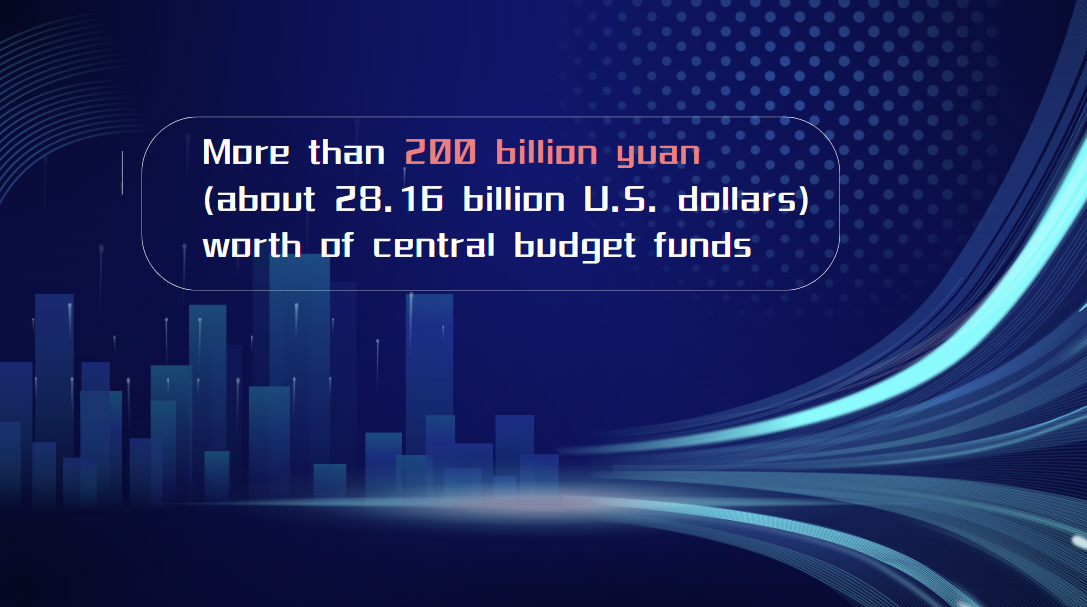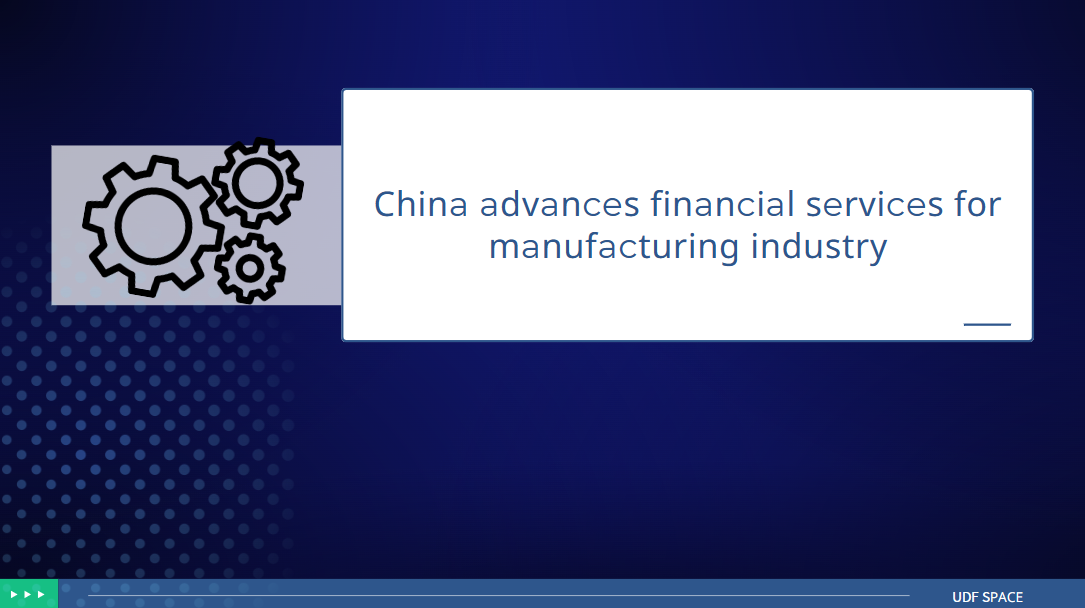Financing Asia's Transition – Bridging Global Ambition to Regional Action and Impact
Distinguished Guests
Ladies and Gentlemen,
1. Good morning and welcome to the second edition of the Financing Asia’s Transition (FAST) Conference 2024.
2. Each year, MAS, together with Temasek and BlackRock, seeks to convene key financial, industry and thought leaders in sustainability to focus on Asia. The Asia-Pacific region accounts for half of global emissions, and even excluding China, it accounts for 19% of emissions [0] . This share will grow in the coming years. It will be in Asia where global actions in climate mitigation will ultimately succeed or fail.
More Collective Action Needed Amidst Challenges
3. At COP28 last year, we saw noteworthy achievements including the operationalisation of the loss and damage fund, the mobilisation of over USD 83 billion for climate action, and the conclusion of the first Global Stocktake.
4. Whilst there has been continued global commitment to collective action, more momentum is needed. National climate action plans remain insufficient to limit global temperature rise to 1.5 degrees Celsius, or even to below 2 degrees Celsius.
5. International collective action, difficult even in the best of times, will be needed in greater measure, but yet it faces growing challenges.
·Governments and policymakers are facing slower economic growth, still-elevated inflation and limited fiscal headroom amidst high levels of debt.
·Financial institutions and businesses face rising costs in complying with regulatory and disclosure requirements, adjusting to carbon pricing policies, implementing their transition plans, and building resilience into their supply chains.
6. Social and political support for national climate action and international coordination will continue to be a contested arena. As the costs of both climate change and the transition become more apparent, contention will grow between groups who view national and global efforts as insufficient, and those who think it is already too much.
7. One unambiguous marker of the gap between need and reality is the significant deficit in climate finance. In January this year, the IMF estimated the annual shortfall to meet climate mitigation and adaptation needs in emerging and developing Asia to be at least USD 800 billion. [0]
Bridging Action to Needs in Asia’s Climate Transition
8. Let me emphasise 3 key areas we have to get right if we are to bridge action to needs, increase momentum of action, and close financing gaps.
Sustaining Collective Commitment and Action
9. First, there is simply no alternative to individual action and collective commitment. This means that climate action has to be kept very much on the agenda of intergovernmental platforms, industry coalitions and private sector net zero commitments. There are over 90 intergovernmental initiatives [0] and 160 industry cooperative initiatives [0] globally. Last year, the World Bank launched the Private Sector Investment Lab, which seeks to develop solutions to address the barriers to private sector investment in emerging markets. These initiatives have been invaluable in mobilising support, germinating ideas, and forging partnerships. In the next stage, we need to translate these into effectiveness and traction. We need to go from ideas to pilots, from pilots to playbooks and standardisation, and then to scale.
10. In Singapore, we are doing our part to sustain collective commitment and action. For example, we host the GFANZ [0] Asia-Pacific Network Central Office and have also recently launched the Singapore Sustainable Finance Association to foster close collaboration across asset classes in the financial sector and the real economy.
11. COP meetings have also developed into a critically important platform, not just for multilateral agreement, but also for facilitating partnerships, promoting the exchange of solutions, and communicating commitments and plans. Ecosperity and this FAST conference are also key platforms that can help to bring an Asian perspective and focus to a global dialogue and forge greater collaboration for the region.
12. We will also have to sustain popular understanding and support for climate action. Communicating the urgent need for action and demonstrating our collective resolve remain important planks for sustaining this support. We have to continue to do that and more. But there is an increasingly important second plank; of assuring the workforce and the public that as companies, sectors, and economies transition, and as jobs transform, there will be help given to manage this change and to benefit from it.
13. Jobs in many sectors will see some transformation and new green jobs will be created. In Asia Pacific, the International Labour Organisation (ILO) puts the potential opportunity at 14.2 million net green jobs by 2030 [0] .But skills training and supporting policies will need to be in place so that this opportunity can be realised. For the financial sector too, we need to prepare a professional workforce that has the skills to provide the needed financing support to the region’s transition.
·Later this afternoon, there will be a launch event of the Sustainable Finance Jobs Transformation Map (JTM) in partnership with the Institute of Banking and Finance Singapore and supported by Workforce Singapore. The JTM assesses the impact of sustainable finance on jobs in Singapore’s financial services sector. It identifies the new skills needed in existing job roles as well as the new job roles that will be created. Most importantly, the JTM enables the needed training to be designed and delivered.
Strengthening Disclosures
14. The second area of needed action I will mention is about strengthening disclosures. To sustain commitment and the momentum of action, we need to sharpen accountability of all our actions, across both the public and private sectors, to shareholders, stakeholders and the public. Data and disclosures are key to this accountability.
15. As we consider the need to sustain collective action, the quality and comparability of disclosures are important elements. The development of sustainability disclosure standards began with important frameworks such as the Global Reporting Initiative (GRI) and the Task Force on Climate-related Financial Disclosures.
16. We welcome the increasing global convergence towards the adoption of the International Sustainability Standards Board (ISSB) disclosure standards. At COP28, nearly 400 organisations from 64 jurisdictions signed a statement committing to advancing the global adoption of the ISSB standards. Singapore supports the standardisation of disclosure requirements, and has announced that we will introduce mandatory climate reporting beginning in 2025 in alignment with the ISSB standards. [0] Pervasive international adoption of ISSB standards will reduce the complexity and cost of reporting by businesses and financial institutions, and focus resources on delivering high-quality reporting.
17. Another enabler for high-quality disclosures is the building of good data infrastructure. Last year, MAS launched Gprnt, an integrated digital platform that aims to automate and simplify businesses’ reporting of basic environmental, social and governance (ESG) data, which will be especially useful for small and medium sized companies.
·On a global level, we saw a proof of concept for the Net Zero Data Public Utility (NZDPU) at COP28, a global platform for corporate emissions data to be consolidated across sources and formats. Gprnt is working with the NZDPU to strengthen access by companies to key climate transition-related data across both platforms.
·These efforts help enable much needed sustainability-related data to be disclosed in a trusted and interoperable manner.
Supporting the de-risking and viability of transition financing
18. Third, we will need to bridge the financing gap through supporting the de-risking and viability of transition financing.
·According to IMF, the private sector will need to supply up to 90% of the USD 2 trillion needed annually by emerging market and developing economies to reach net zero by 2050. [0]
·However, in Asia, many transition projects are still unviable to commercial capital due to political, currency, and credit risk.
19. Bridging the financing gap will require both market solutions and a supportive policy environment. We need to de-risk projects for investors and lenders, and also find ways to realise the value of environmental benefits to improve the commercial viability of projects.
20. Multilateral Development Banks have a critical role to play in de-risking projects. In recognition of this, the World Bank recently announced a streamlining of their guarantee solutions to a simple “menu of options” to allow improved access and faster execution. These changes will start from 1 July 2024, with a goal of tripling the World Bank Group’s guarantee business to USD 20 billion by 2030.
21. Public-private partnerships in the form of flexible concessional capital in blended finance platforms will be a primary vehicle to de-risk projects and improve viability for commercial capital to come in at scale. At COP28 last year, we saw the launch of ALTÉRRA, a climate-focused fund with USD 30 billion in catalytic capital, which seeks to mobilise USD 250 billion by 2030 for climate change action. In Singapore, we aim to raise USD 5 billion together with international partners for a blended finance initiative focused on this region - the Financing Asia’s Transition Partnership (FAST-P).
22. We can do more to channel financing credibly and effectively to the region’s transition needs, specifically through region-contextualised sectoral pathways. Many financial institutions today reference global pathways, such as the International Energy Agency’s (IEA) Net Zero Emissions Pathway, to set their net zero targets and develop their transition plans. We cannot expect every region’s pathway to be the same. A set of credible transition pathways contextualised to Asia’s needs will have to take into account that this region’s energy demand is still growing in the near term. Regional sectoral pathways will enable financial institutions to better steward their clients and support the region’s transition. MAS is thus working with credible pathway modellers like the IEA to explore the development of such region-contextualised sectoral pathways for Asia.
23. Another goal is to capture the value from environmental benefits to improve the commercial viability of financing transition projects. Here, we aim to establish high-quality trusted transition credits. This requires market solutions and supportive policies. MAS identified the early retirement of coal fired plants as a challenging use case which required intervention to be bankable. We launched the Transition Credits Coalition, or TRACTION [9] for short, to bring together some 30 partners to enhance the economic viability of retiring coal plants early with transition credits.
24. TRACTION is looking into three areas that are foundational to scaling transition credits –
·First, enabling a supply of high-integrity transition credits. This is a new type of carbon credit where methodologies are still under development. As there is currently no unified framework for assessing the quality of transition credits, we want to bring greater clarity to market participants about the characteristics that high-integrity transition credits should have.
·Second, developing a toolkit of solutions to enhance the replicability of transition credit transactions. While such transactions can be highly complex and challenging to scale, we see the potential value of drawing out common considerations, solutions and structuring approaches. TRACTION will thus look to develop a playbook that can help coal plant owners, project developers and financiers to utilise transition credits.
·Third, building investor confidence in transition credits. For transition credits to be commercially viable, they will need to meet the expectations of credits off-takers. Close engagements with investors in both voluntary and compliance markets will help the design of credits to better meet these expectations.
25. In parallel, work has begun on two pilot projects to apply transition credits in coal phase-out transactions. Based on early estimates, the transition credits could help bring forward the retirement of two coal plants by at least 5 years, translating to a reduction of more than 3 million tonnes of carbon emissions per year. By way of comparison, this would be twice the emissions savings achieved if all light vehicles in Singapore were converted to electric vehicles.
Conclusion
26. Let me conclude. To bridge global climate ambition to regional action and impact, we need to ensure that the challenges of growing contention and rising costs do not erode our collective commitment to action. There is no alternative to strengthening the momentum of action through multilateral agreements, industry coalitions and national and corporate net zero plans.
27. We still have much to do ahead of us if we are to bridge Global Ambitions to Finance Asia’s Transition. We have to sustain collective commitment and action; strengthen climate disclosures and accountability; and support the de-risking and viability of transition financing.
28. I wish you a fruitful conference ahead, identifying opportunities, forging partnerships and renewing purpose and commitment. Thank you.
[1] Emissions Database for Global Atmospheric Research, 2022.
[2] International Monetary Fund (2024). Unlocking Climate Finance in Asia Pacific: Transitioning to a Sustainable Future.
[3] World Resources Institute, 2023. A Review of Intergovernmental Cooperation on the Mitigation of Climate Change.
[4] UNFCCC: Global Climate Action portal. Extracted as of 10 April 2024.
[5] Glasgow Financial Alliance for Net Zero
[6] International Labour Organisation, 2018. “World employment and social outlook 2018: Greening with jobs”.
[7] Examples of other jurisdictions who have taken steps to implement ISSB standards or have expressed the intention to do so include: Australia, Brazil, Canada, China, Hong Kong, Malaysia, Singapore, South Korea, Türkiye, and the UK.
[8] International Monetary Fund (IMF), 2023. Global Financial Stability Report, October 2023.
[9]Press release on the launch of TRACTION and the two pilot projects on 4 Dec 2023






















































First, please LoginComment After ~